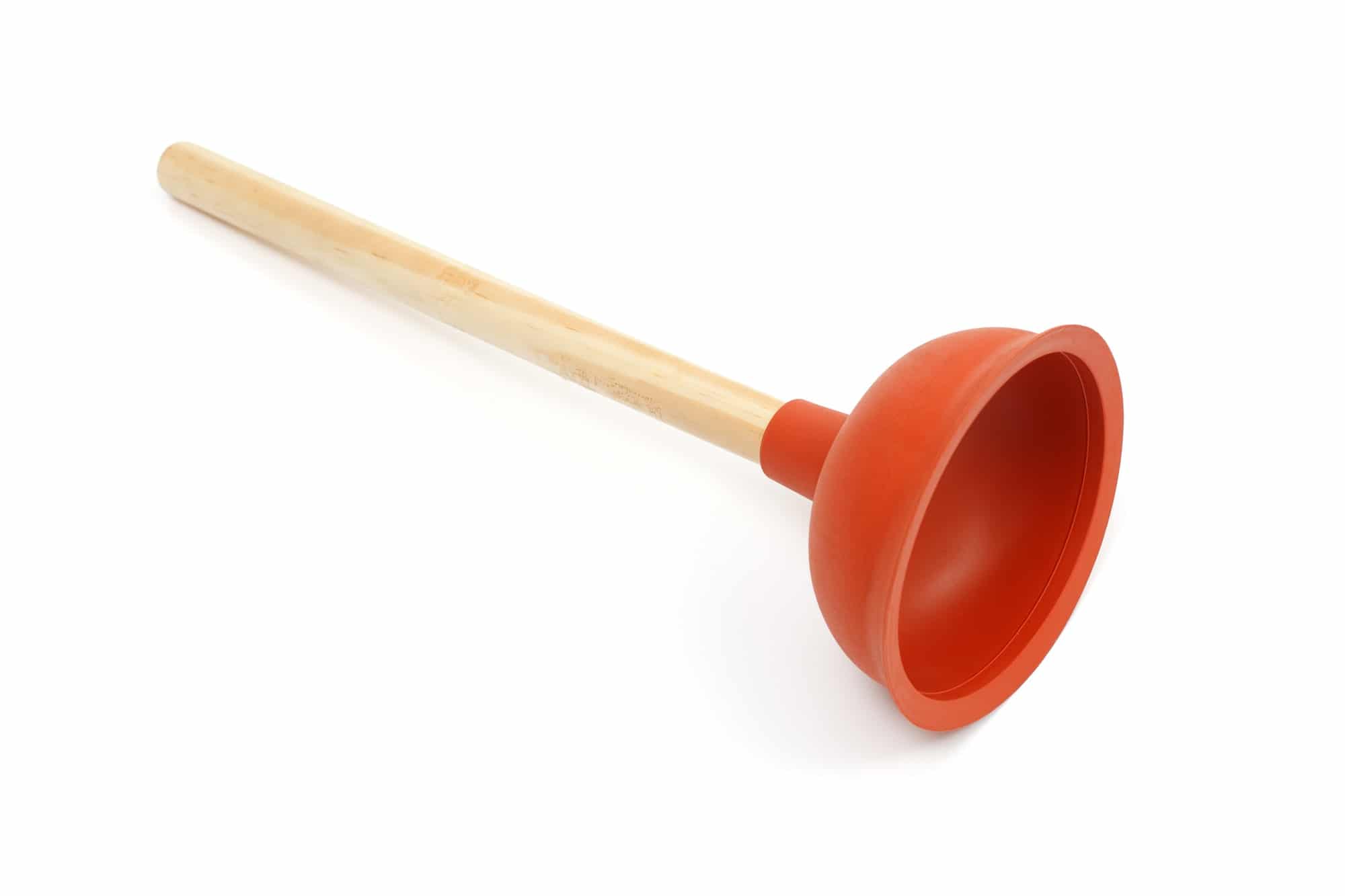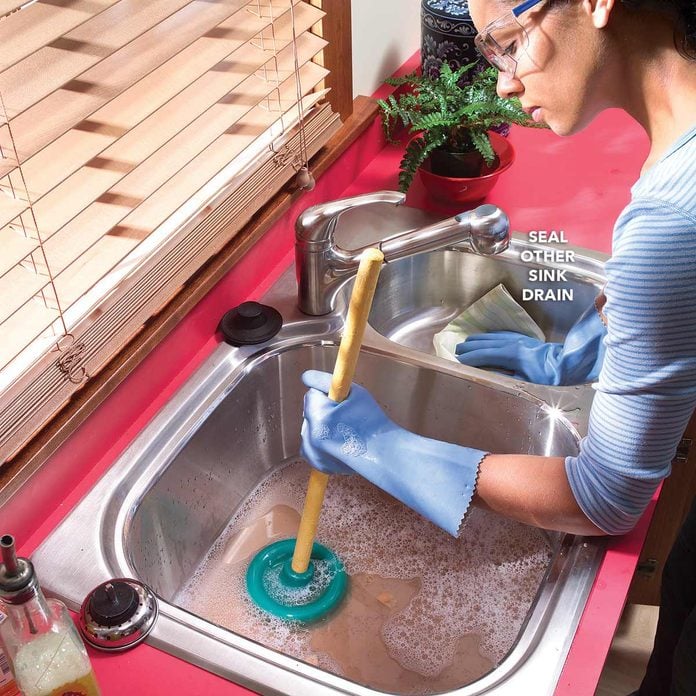Just how do you actually feel in relation to A Guide to Plungers (and How to Use Them)?

Introduction
Proper maintenance of household drains is vital for avoiding blockages and making sure smooth water flow. One of the key tools in every property owner's toolkit is the plunger, alongside various drainpipe cleaners designed to deal with persistent obstructions properly. This short article checks out just how to utilize plungers and drain cleansers effectively to maintain your drains pipes flowing openly.
Area 1: Comprehending Bettors
Sorts of Plungers
There are numerous kinds of bettors available, each made for different kinds of drains and clogs. One of the most typical kinds consist of mug bettors, flange plungers, and accordion plungers.
How Plungers Work
Plungers deal with the principle of producing stress and suction to displace obstructions. When properly applied over a drain, they develop a vacuum that can pull out particles or break up obstructions.
Choosing the Right Bettor
Choosing the appropriate bettor relies on the kind of drain and the nature of the blockage. Cup bettors are optimal for sinks and tubs, while flange plungers are better fit for bathrooms because of their design.
Usual Blunders with Bettors
Avoiding these errors makes sure reliable plunging: improper seal around the drainpipe, insufficient force, and not clearing surrounding particles.
Area 2: Making Use Of Plungers Effectively
Prep work
Prior to plunging, ensure the bettor covers the drainpipe totally and creates a tight seal. Clear any noticeable debris around the drain opening.
Method
Beginning with mild diving movements to construct suction. Boost pressure progressively, utilizing a steady rhythm. Repeat as required up until the drain gets rid of.
Fixing Tips
If diving doesn't function, attempt adjusting the seal, using oil jelly for a better seal, or utilizing a different kind of bettor.
Section 3: Understanding Drain Cleaning Company
Types of Drain Cleaners
Drain cleaners can be chemical or chemical. Chemical cleansers make use of solid chemicals to dissolve obstructions, while chemical cleansers use natural enzymes to break down raw material.
How Drainpipe Cleansers Job
Chemical cleaners react with clogs to dissolve them, while enzymatic cleaners break down natural materials like hair and oil without harming pipelines.
Security Considerations
Constantly wear handwear covers and eye security when using chemical drain cleaners. Make sure ample air flow and follow producer instructions carefully.
Eco-Friendly Alternatives
Consider making use of vinegar and baking soda or enzyme-based cleansers for eco-friendly options that are more secure for pipelines and the environment.
Section 4: Utilizing Drainpipe Cleaning Company Efficiently
Application Strategies
Put chemical cleaners straight right into the drain opening. Permit them to work for the suggested time prior to purging with hot water. Enzymatic cleaners must rest over night.
Preventative measures
Stay clear of blending various types of cleansers, as this can generate hazardous fumes. Never ever use chemical cleansers along with a plunger, as spilling can occur.
Taking Care Of Stubborn Obstructions
For persistent obstructions, take into consideration using a plumbing serpent or calling a specialist plumbing to prevent damage to pipelines.
Verdict
In conclusion, comprehending how to use bettors and drainpipe cleaners successfully is necessary for maintaining healthy pipes systems. By selecting the right devices and techniques, homeowners can deal with small obstructions and avoid major pipes problems down the line.
How To Properly Use A Plumbing Snake To Clear Drains
When any drain clogs in our home arise, we tend to gravitate toward the plunger and little else. In cases where the plunger and its vacuum-created pressure are not able to clear clogs, many immediately move to harmful chemicals or simply call their plumber to fix the issue.
we’re happy to help with all drain cleaning needs and concerns. This includes informing you on a few other home remedies you may have at your disposal for minor to moderate clogs, one of which is the use of a plumbing snake. Many people have never used one of these before – let’s go over the steps to take when your drain clogs and you have a plumbing snake available.
Attempt Plunger Use
The first step here, as we noted above, should indeed be to grab your plunger when you notice a drain clog and attempt to resolve it this way. If you’re unsure how to use a particular type of plunger, our plumbers can answer any questions you have. If this doesn’t do the trick, however, you move on to the snake.
Locate And Prepare Snake
A plumbing snake is a metal or plastic device that’s generally about a quarter of an inch thick. It’s design with significant extensions, meant to reach down into your clogged drain and push the clog out. Snakes also contain drain augers that will latch onto and push stubborn blockages.
If your plunger doesn’t clear a clog, locate your snake and bring it to the drain in question. We also recommend keeping a bucket nearby to collect the clog once you pull it out, plus we’d advise wearing goggles and possibly protective gloves.
Feed Snake
Once you’re ready to go, feed the snake slowly down the drain, using the crank device it comes with to keep it moving until it finds the clog. Once this happens, much of the clog will be latched onto the coil so you can pull it out, while the rest will simply break up and flow downward.
Detach Debris
Remove the snake slowly from the drain, and once you’ve done so, pick off any debris that’s stuck to the coil. This is another area where wearing gloves is a must.
Flush Drain
Finally, take a few minutes to ensure the snake has done its job correctly. If you’ve been using it on a toilet, flush the toilet a couple times and make sure everything flows well. If you’ve used it on a different drain, flush it with some room temperature water.
https://www.mybuddytheplumber.com/blog/how-to-properly-use-a-plumbing-snake-to-clear-drains/

Application Strategies
Put chemical cleaners straight right into the drain opening. Permit them to work for the suggested time prior to purging with hot water. Enzymatic cleaners must rest over night.
Preventative measures
Stay clear of blending various types of cleansers, as this can generate hazardous fumes. Never ever use chemical cleansers along with a plunger, as spilling can occur.
Taking Care Of Stubborn Obstructions
For persistent obstructions, take into consideration using a plumbing serpent or calling a specialist plumbing to prevent damage to pipelines.
Verdict
In conclusion, comprehending how to use bettors and drainpipe cleaners successfully is necessary for maintaining healthy pipes systems. By selecting the right devices and techniques, homeowners can deal with small obstructions and avoid major pipes problems down the line.
How To Properly Use A Plumbing Snake To Clear Drains
When any drain clogs in our home arise, we tend to gravitate toward the plunger and little else. In cases where the plunger and its vacuum-created pressure are not able to clear clogs, many immediately move to harmful chemicals or simply call their plumber to fix the issue.
we’re happy to help with all drain cleaning needs and concerns. This includes informing you on a few other home remedies you may have at your disposal for minor to moderate clogs, one of which is the use of a plumbing snake. Many people have never used one of these before – let’s go over the steps to take when your drain clogs and you have a plumbing snake available.
Attempt Plunger Use
The first step here, as we noted above, should indeed be to grab your plunger when you notice a drain clog and attempt to resolve it this way. If you’re unsure how to use a particular type of plunger, our plumbers can answer any questions you have. If this doesn’t do the trick, however, you move on to the snake.
Locate And Prepare Snake
A plumbing snake is a metal or plastic device that’s generally about a quarter of an inch thick. It’s design with significant extensions, meant to reach down into your clogged drain and push the clog out. Snakes also contain drain augers that will latch onto and push stubborn blockages.
If your plunger doesn’t clear a clog, locate your snake and bring it to the drain in question. We also recommend keeping a bucket nearby to collect the clog once you pull it out, plus we’d advise wearing goggles and possibly protective gloves.
Feed Snake
Once you’re ready to go, feed the snake slowly down the drain, using the crank device it comes with to keep it moving until it finds the clog. Once this happens, much of the clog will be latched onto the coil so you can pull it out, while the rest will simply break up and flow downward.
Detach Debris
Remove the snake slowly from the drain, and once you’ve done so, pick off any debris that’s stuck to the coil. This is another area where wearing gloves is a must.
Flush Drain
Finally, take a few minutes to ensure the snake has done its job correctly. If you’ve been using it on a toilet, flush the toilet a couple times and make sure everything flows well. If you’ve used it on a different drain, flush it with some room temperature water.
https://www.mybuddytheplumber.com/blog/how-to-properly-use-a-plumbing-snake-to-clear-drains/

Hopefully you liked our section on . Thanks so much for finding the time to browse our piece. In case you appreciated our blog entry please be sure to share it. Thank you so much for going through it.
Schedule And Pricing